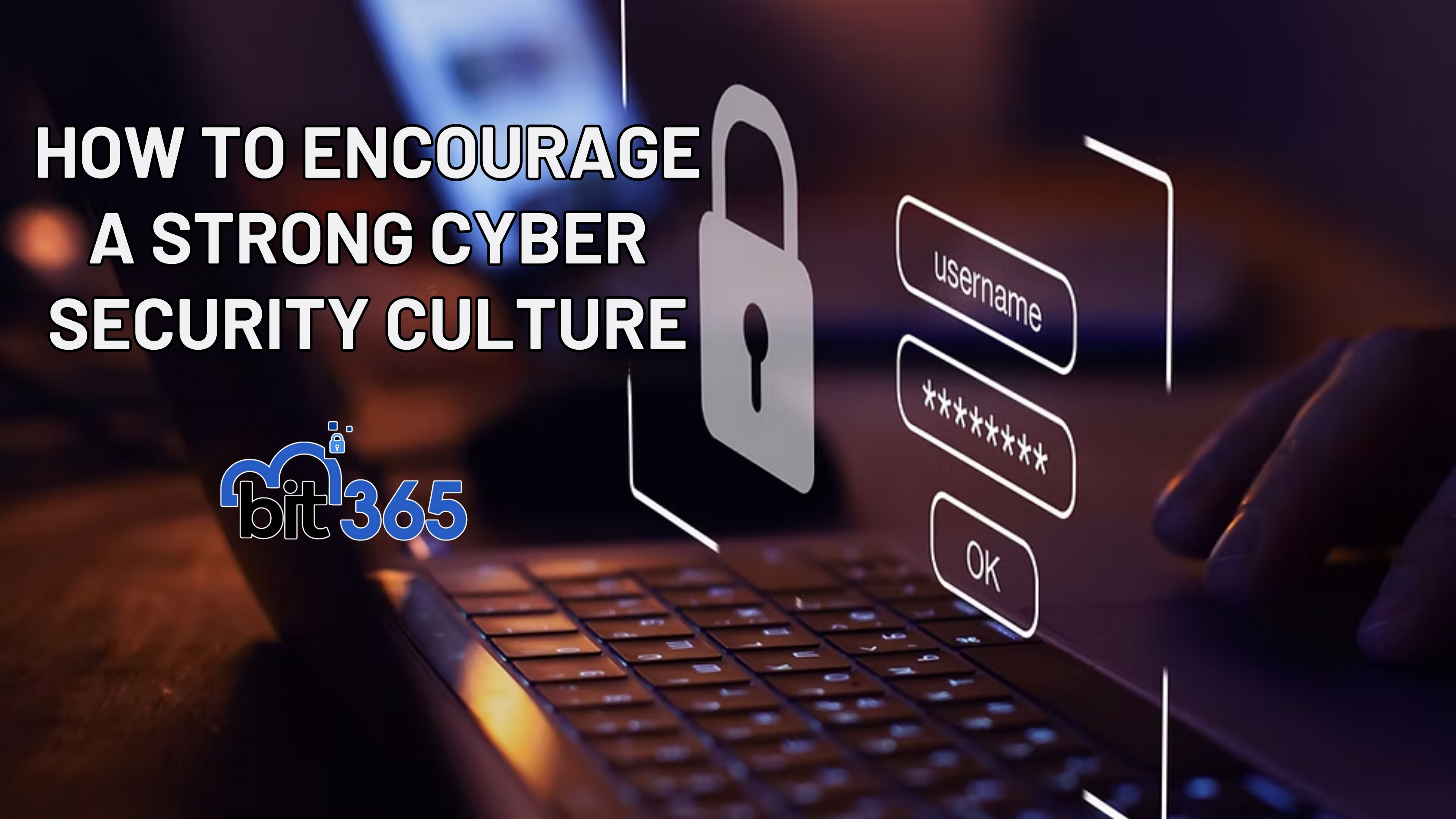
Got IT issues slowing you down? We provide both on-site and remote support across Australia, so help is never far away.
Your business’s front door may be locked tight, your firewalls humming, and your antivirus up to date—but what if cybercriminals walk right in through the back door? Not through your network, but through a trusted vendor.
It’s happening more often than you think. In today’s interconnected world, attackers are bypassing direct hacks and instead exploiting the vulnerabilities of the software, services, and suppliers you rely on every day.
For small businesses in Western Sydney—from Wetherill Park to Parramatta—this creates a daunting challenge. How do you secure every link in a complex supply chain when resources are tight?
The good news: with the right IT strategy and proactive security measures, you can close these gaps before they become breaches.
Many SMBs focus heavily on internal network security—firewalls, antivirus, password policies—but overlook risks in their vendor ecosystem.
Every third party with access to your data or systems is a potential entry point for attackers. And the scariest part? Most businesses don’t have a full, updated list of who those vendors even are.
Recent reports show over 60% of organisations experienced a breach through a third party, yet only a third trusted those vendors to disclose incidents promptly. That means many businesses discover breaches only after the damage is done.
Start with visibility—because you can’t secure what you don’t know.
Not all vendors pose the same risk. A software provider with access to your customer database deserves more scrutiny than your stationery supplier.
Classify vendors based on:
Vendor security isn’t a one-and-done job.
Blind trust is risky. Instead:
Zero-Trust means never assuming anyone or anything is safe—even your most trusted supplier.
Even the best defences can be breached—speed matters.
For SMBs, constant vendor monitoring can be overwhelming. Partnering with a Managed Service Provider (MSP) like BIT365 offers:
With cyberattacks involving third parties averaging over $4 million in losses, prevention is far cheaper than recovery.
Cybercriminals don’t wait for a convenient moment—they look for the weakest link now. For many SMBs, that’s their supply chain.
By taking proactive steps today, you can transform your vendor network from a liability into a security asset.
BIT365 helps Western Sydney businesses build resilient supply chain security strategies that protect sensitive data, reduce risk, and keep operations running smoothly.
Ready to secure your supply chain?
Book your free security consultation with BIT365 and discover how we can help protect your business from third-party threats.

Got IT issues slowing you down? We provide both on-site and remote support across Australia, so help is never far away.
BIT365 offers a full range of managed IT services, including cybersecurity, cloud solutions, Microsoft 365 support, data backup, and on-site or remote tech support for businesses across Australia.
No. While we have a strong presence in Western Sydney, BIT365 supports businesses nationwide — delivering reliable IT solutions both remotely and on-site.
We pride ourselves on fast response times. With remote access tools and on-site technicians, BIT365 can often resolve issues the same day, keeping your business running smoothly.
BIT365 combines local expertise with enterprise-grade solutions. We’re proactive, not just reactive — preventing issues before they impact your business. Plus, our friendly team explains IT in plain English, so you always know what’s happening.
